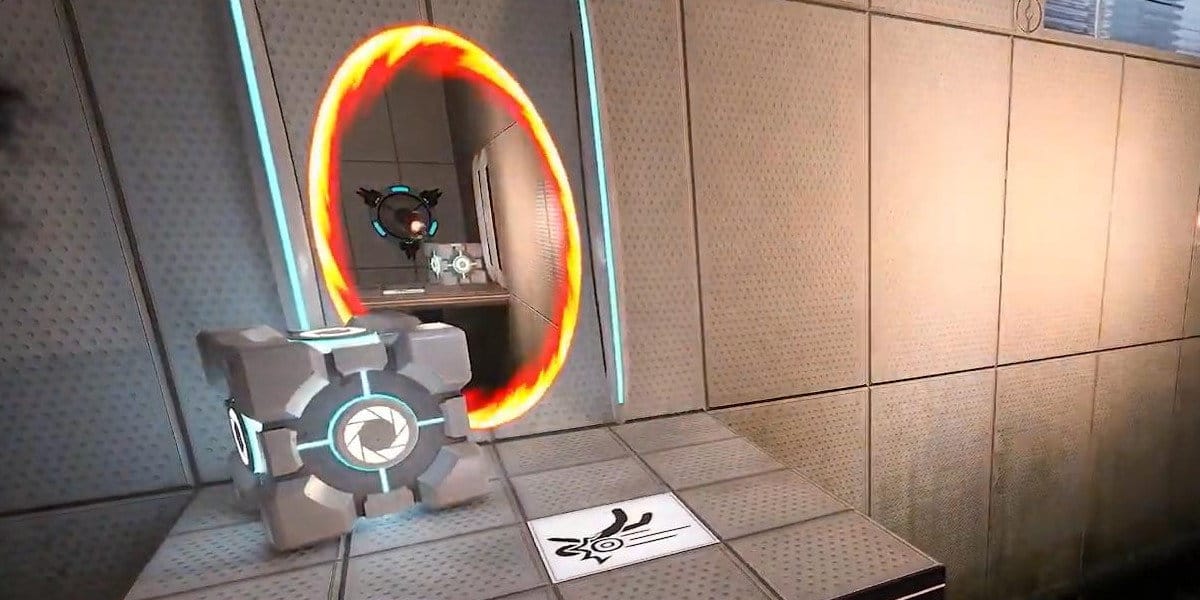What is ray tracing? The rendering technique explained

Table of Contents
Ray tracing has easily become one of the most coveted graphics rendering techniques in gaming over recent years. Entire graphics card generations, including the RTX 4080 and RTX 4090, are being sold on their prowess with the technology, but it can be a little complex to know what it is and why it matters in modern games. That’s where we come in.
What is ray tracing?
Put simply, ray tracing is a graphics technique that simulates how light behaves. With realistic lighting comes accurate and detailed shadows as well as reflections as well. This can make video game worlds look far more realistic than with traditional rending techniques by comparison.
A complicated algorithm simulates rays of light that bounce off of in-game objects and surfaces for heavily detailed environments. More games are beginning to utilize this technology more as it allows for deeper contrasts between light and dark as well as dramatically improved lighting for interiors and exteriors, too. This all happens in real-time which is hardware intensive.
Ray tracing itself in games and software has been around for a very long time, but it was only with the advent of the last few years of graphics cards that real-time rendering could be achieved. The charge has been led by Nvidia, and the company doesn’t appear to be showing any signs of slowing down.

Ray tracing in this modern sense of the word is more encompassing than previously. This includes an umbrella term for volumetric shadows and lighting, as well as ambient occlusion, and real-time reflections. As games continue to become more graphically impressive and hardware-intensive, we’re likely to see this tech play a pivotal role in how we view rasterized graphics.
What does RTX mean?
If you’ve been keeping up with Nvidia graphics cards for the last few years then you’ll have heard the RTX moniker. Ada Lovelace is the third generation RTX GPU, following on from Turing and Ampere. RTX is the combination of ray tracing and DLSS (Deep Learning Super Sampling) which utilizes A.I.-powered upscaling for better performance than native hardware.
Nvidia DLSS 3 was announced to be coming to RTX 4000 series graphics cards. The technology uses the graphics card fourth-generation Tensor cores and third-generation RT cores to maximize the frame rates and visual fidelity of games that contain support for the technique.
What does ray tracing mean for gaming?
Ray tracing continues to be widely adopted by many developers wanting the most immersive game worlds. Popular examples include Cyberpunk 2077, Control, Spider-Man: Remastered, Microsoft Flight Simulator, and Fortnite. Sometimes the technique can be subtle, and other instances are more lightning-focused, as we’ve seen with Portal with RTX.
